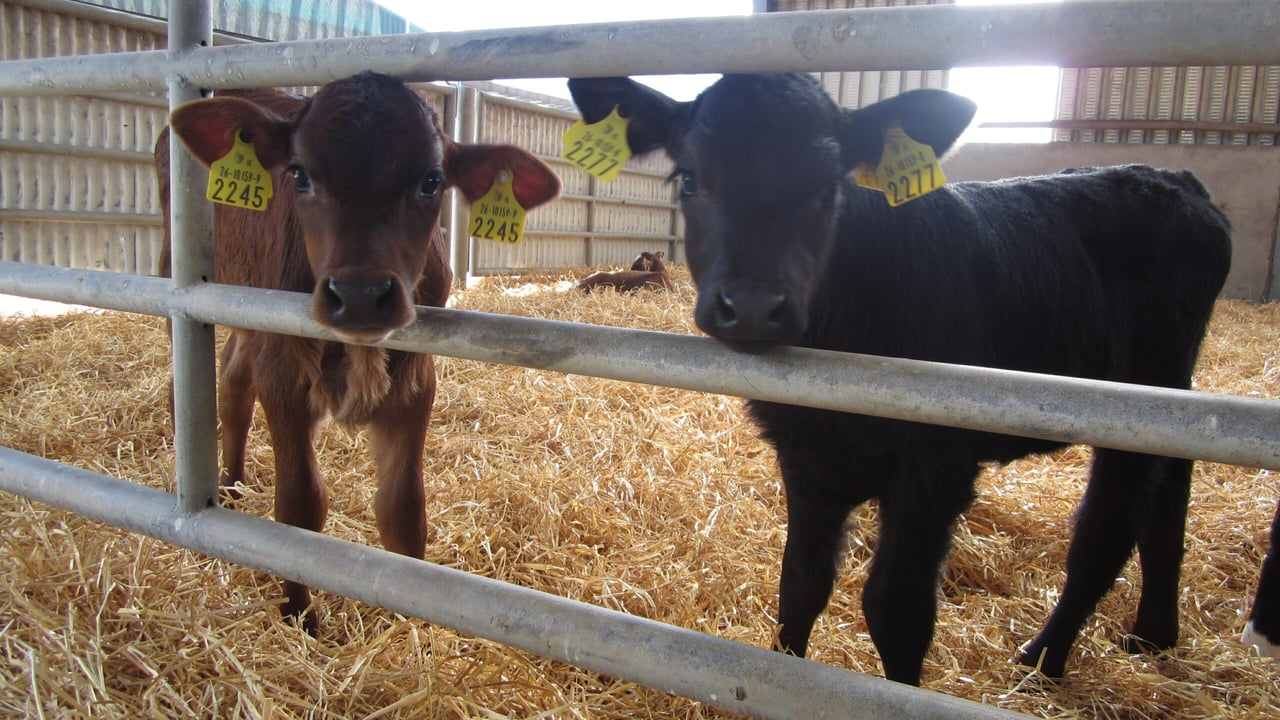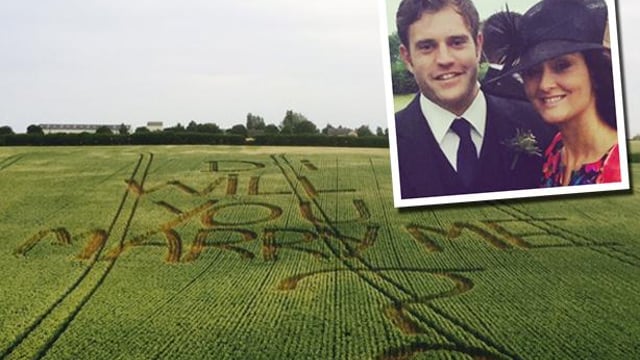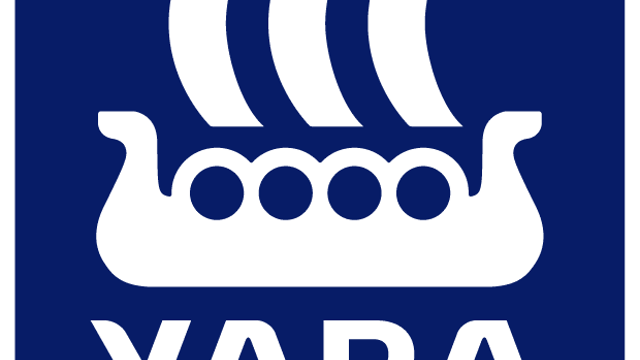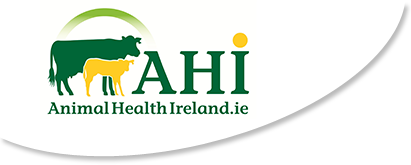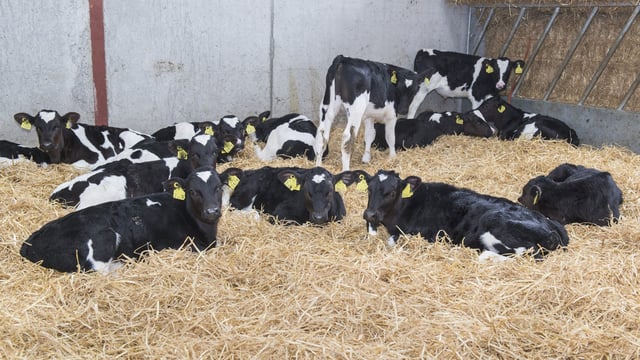Calving this spring? Some great advice on farm safety around calving cows
Farmers must realise that they need to look after themselves when dealing with livestock.
Livestock related accidents accounted for 22% of farm fatalities in 2015, with livestock being associated with 33% of total farm accidents.
Cow attacks around calving time have increased in recent years and this accident cause has now surpassed bull attacks as the number one cause of livestock related deaths.
The following are suggestions from Teagasc Advisers for the safe handling of livestock;
Calving Time
When calving, ensure cows/heifers are safely secured in a fully operational calving gate.
Cows generally become very agitated directly after calving.
After a cow calves, leave the cow and calf alone for 20 to 30 minutes to bond. This will allow the cow to calm down.
Remain vigilant at all times. If the calf is not suckling and is weak, safely put the cow back in the calving gate and assist calf to feed or give it some thawed out warm colostrum using bucket with a teat.
If calving aggression lasts for more than a few days, cull the cow after calf is weaned as aggression is a genetic trait.
During grazing season, never dose/ inject/treat a calf out in the open field, ensure they are safely penned away from their dam.
Children
Young children under seven years should never be allowed near livestock.
Children over seven years need to be accompanied by an adult if approaching any livestock in sheds/fields, especially if cows with calves at foot are present.
Never allow children become involved with cows during or after calving. Keep children away from fields with bulls at all times.
Other Precautions
- Cull any aggressive animals from your farm, such as bulls, cows, rams or stallions, before they become aggressive towards you.
- Exercise extreme caution when handling fractious or “wild” animals on your farm. If bringing such cattle to a mart or abattoir, warn people on the premises of their impending presence.
- Be aware that there is no such thing as a quiet breed of bull. Never turn your back on a bull. A bull can be quiet for years; it may suddenly get angry and attack. If herding or handling a bull always have an escape route planned or have a mobile sanctuary such as a 4 X 4 or tractor ready in case of an attack.
- Always bring a cattle stick when herding/moving stock.
- Keep a fully charged mobile phone on you at all times.
- Only enter cattle/cow pens when it is absolutely necessary. If entering a pen, have an escape route planned.
- When handling/dosing cattle in a crush work in pairs. Know what your partner is doing/positioned at all times. Avoid frightening stock by shouting, use of dogs etc. Use cattle sticks to move stock.
- Never enter a cattle crush when there are cattle in it. Avoid leaving your hands on the rails of a crush when handling or dosing cattle.
- Ensure all parts of the cattle crush, such as the automatic gate or the end gate are working properly. Have a nose tongs or rope available to restrain animals if necessary.
- If releasing a trapped animal caught in a drain, take care, these cattle are frightened and disoriented, they may attack once they are free.
By Anthony O’Connor, Teagasc Advisory
